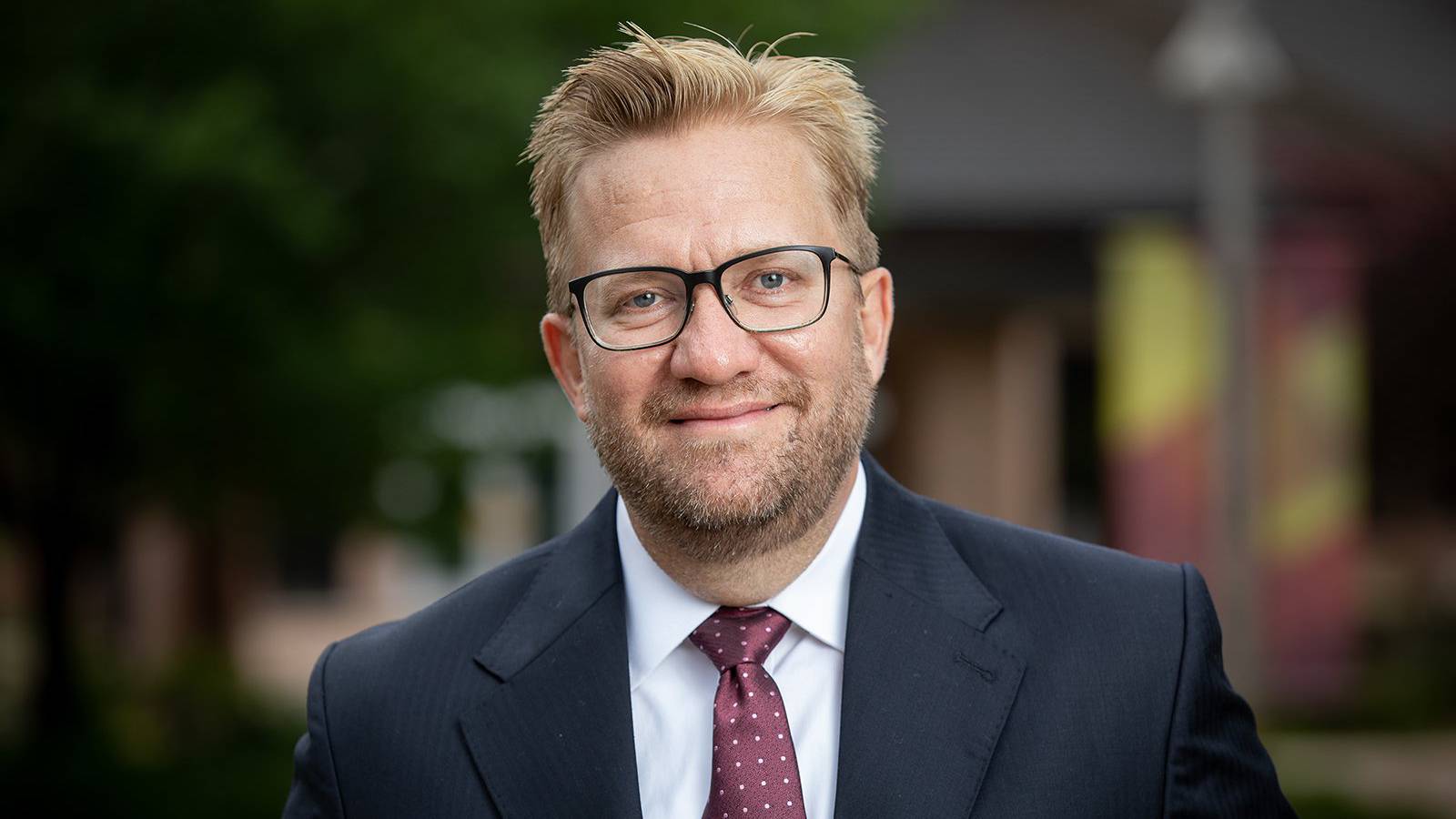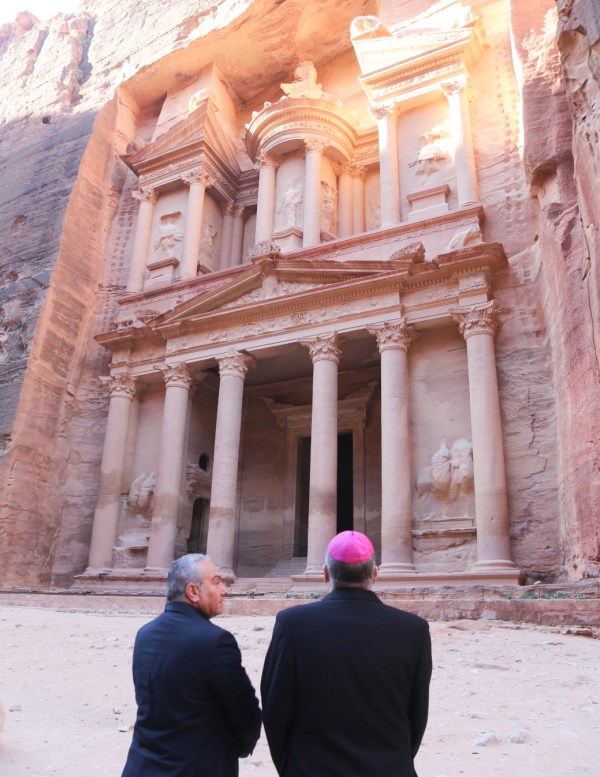The president of Calvin University has resigned after admitting he engaged in inappropriate communication with a member of the campus community.
In a statement Monday, the Calvin Board of Trustees said it had received a report alleging President Wiebe Boer “engaged in unwelcome and inappropriate communication and attention toward a non-student member of the campus community.”
“The report did not include allegations of sexually explicit communication or physical contact, but the alleged conduct is concerning and inappropriate,” the trustees said in their statement.
University officials said they then hired an outside expert to review the allegations. That review included speaking with Boer, a former oil executive and son of Christian Reformed Church missionaries who became Calvin’s president in 2022.
“After being notified of the report, Dr. Boer denied some of the allegations but did admit to sending communications that were inappropriate and inconsistent with the high standard of conduct and character expected of the President of Calvin University,” the board said in its statement. “Dr. Boer subsequently offered his resignation, which the Board accepted.”
No further details about Boer’s conduct or the complaint were given.
Gregory Elzinga, Calvin’s vice president of advancement, has been named interim president. The board’s statement described him as already being involved in the day-to-day management of the school and “well situated to provide effective continuity of leadership while the Board conducts a thorough search for the University’s next permanent President.”
School officials plan to hold a campus meeting for students with Elzinga on Thursday.
Boer became president of Calvin at a time when the school had been under pressure to abide by the rules of the Christian Reformed Church in North America, in particular the church’s teaching about sexuality. In 2022, the denomination ruled that congregations and church members must abide by church teaching on marriage and sex—which state that only heterosexual sex within marriage is allowed.
That teaching is now considered a part of the church’s core confession—and applies to Calvin, which allows openly LGBTQ students to attend but requires faculty and staff to support the church’s confessions.
Some faculty have asked for a “gravamen,” which would allow them to officially state their concerns about a church doctrine.
A Calvin professor said his contract was not renewed after he officiated a same-sex wedding for a staffer at a research center that had been affiliated with the school. That center and the school also have cut ties.
In the fall of 2022, Boer told Religion News Service that Calvin will continue to be hospitable to its LGBTQ students. “I don’t want to be the president of an institution that isn’t welcoming to everybody,” Boer said.
Boer did not immediately respond to a request for comment.
In its announcement of Boer’s resignation, the trustees said they “take our responsibility to provide an environment free from discrimination, harassment, and retaliation very seriously and continually strive to promptly and thoroughly respond to allegations of misconduct.”
“We ask for prayers for the entire Calvin community, trusting that the Holy Spirit will comfort all of us in the sustaining grace of God, now and always,” they said in their statement.































